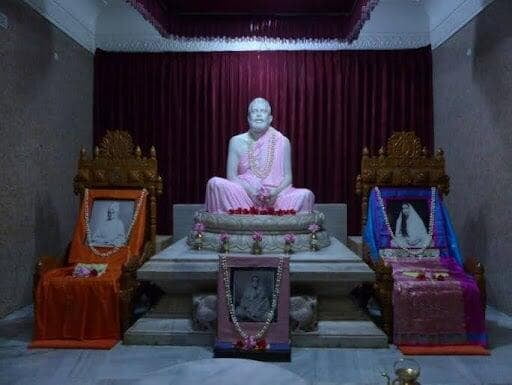Ramakrishna Math and Ramakrishna Mission, Prayaraj (Allahabad) (Estd. 1910)
Our Inspiration

With his mind longing for Varanasi in late December 1889, Swami Vivekananda left the Baranagar Monastery for Vaidyanath. At Vaidyanath, Swamiji learnt that Swami Yogananda, one of his brother-disciples, was struck with chicken-pox at Allahabad. He arrived at Allahabad and he was relieved to find that Swami Yoganandahad completely recovered, having been cared for by the local doctor and his Bengali friends. Charmed by Swamiji’s personality, the gentlemen pressed him to spend a month
Swami Vivekananda came across a Muslim saint — Pavhari Baba — the famous saint of Ghazipur, of whom he had learnt years earlier at Dakshineswar. He had a longing to see him, and so he left Allahabad for Ghazipur in the third week of January 1890.Swamiji’s short stay at Allahabad paved way to establish a centre in the future by Belur Math.
It was Swamiji’s vision to start a centre at Allahabad — the ancient pilgrimage —well known as Prayag.
Allahabad represents the confluence of the Ganges, Yamuna and the “invisible”Saraswati rivers — the Triveni Sangam— and is considered holy by Hindus since the Vedic times. It is also the site for the historic Kumbh Mela held every 12 years on the banks of the Triveni Sangam.
We get the first glimpse of Swamiji’s plan to start the centre in His letter written from London on 20 November 1896 to Alasinga Perumal, his ardent disciple at Madras (Chennai).
Swamiji wrote:
My present plan of work is to start two centres, one in Calcutta and the other in Madras, in which to train up young preachers. I have funds enough to start the one in Calcutta, which being the scene of Shri Ramakrishna's lifework, demands my first attention. As for the Madras one, I expect to get funds in India.
We will begin work with these three centres; and later on, we will get to Bombay and Allahabad. And from these points, if the Lord is pleased, we will invade not only India, but send over bands of preachers to every country in the world. That should be our first duty.
When the construction of Belur Math was completed on advice of Swamiji, Swami Vijnanananda came to Allahabad in 1900 to start the Allahabad Centre. At Allahabad, Swami Vijnanananda became the guest of a friend, Dr.Mahendra Nath Odedar.
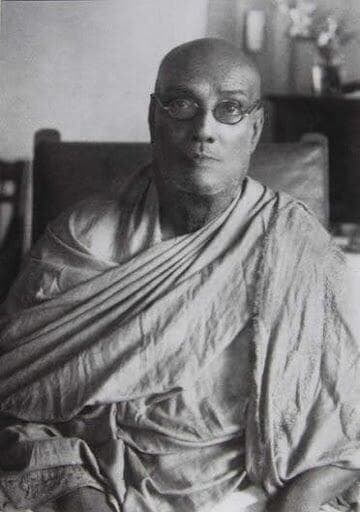
During this time, there was a group of young men including Sri Manmathanath Ganguly, a homoeopathic doctor and a disciple of Swamiji,who were earnest followers of Swami Vivekananda. The group rented two rooms on the upper floor of a two story building (see picture) at Station Road — a small one for the shrine and a larger room for a library and meeting room, which they named ‘Brahmavadin Club’.
The members of the Club practised meditation and prayer, held classes on the scriptures, sang devotional songs and discussed spirituality.Initially, this group was organised by a devotee of Sri Ramakrishna who had come to Allahabad some years back. Since he left for Calcutta in the year 1900, the boys had to manage their own affairs without any proper guidance. When they heard that a disciple of Sri Ramakrishna had come to the city, they took it as their good fortune. At once, they approached SwamiVijnananandaji Maharaj and requested him to come and stay in their place for guidance and inspiration. The keen earnestness and sincere devotion of the boys convinced the Swami to visit their place. After seeing everything, he felt inclined to put up there for a period. In the Club,Swami Vijnananandaji Maharaj passed ten precious years of his life in hard austerity, study and meditation till he established a permanent centre.
At the Brahmavadin Club, Vijnananandaji Maharaj had to pass through much hardship—being his own cook and servant, depending for subsistence on what chance might bring. There was no water or electricity in the house. He had to collect water from the street supply of the municipality. But he hardly felt the suffering, for his mind and thought were centred on a plane where these things could not reach. He spent mornings and afternoon in worships, japam, meditation and study in the shrine room. In the evening, the club members conducted prayer. Vijnananandaji Maharaj also gave Gita classes in the library hall. He slept in the hall at night.
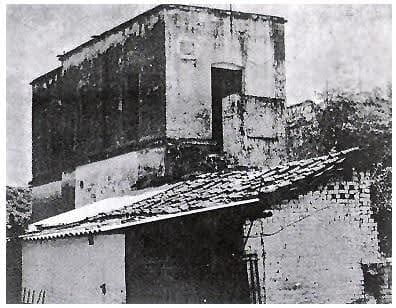
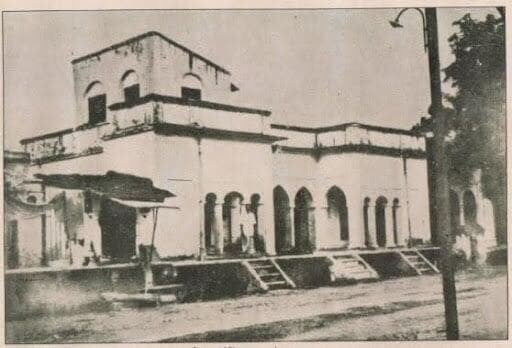
To give the Club a fresh impetus, in the year 1910, and with public support, Vijnananandaji Maharaj procured funds and succeeded in erecting a permanent building for a Ramakrishna Math in the Mutthiganj area of the city. Keeping in touch with him, the Brahmavadin Club too continued its existence for some time.
Charitable Homeopathy Dispensary
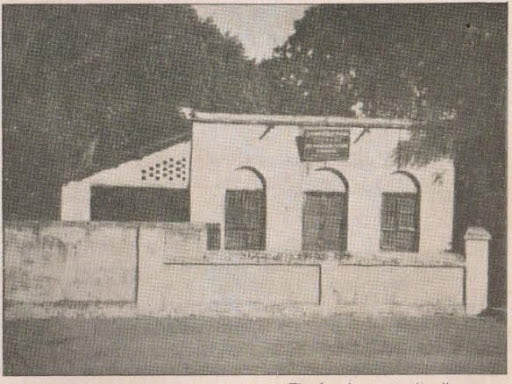


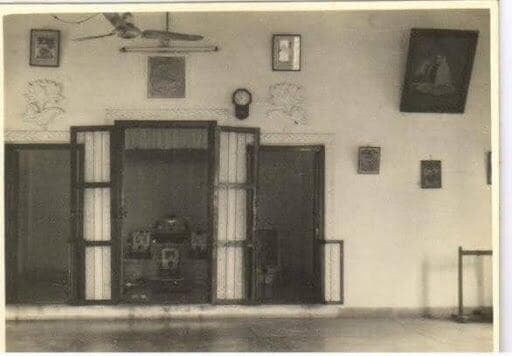
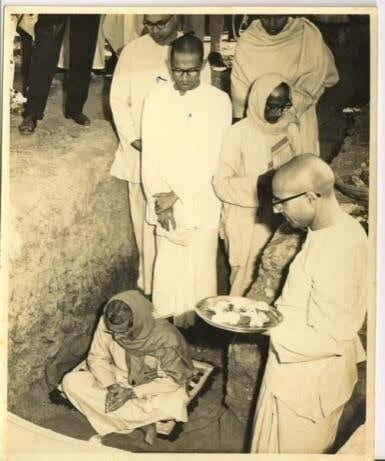
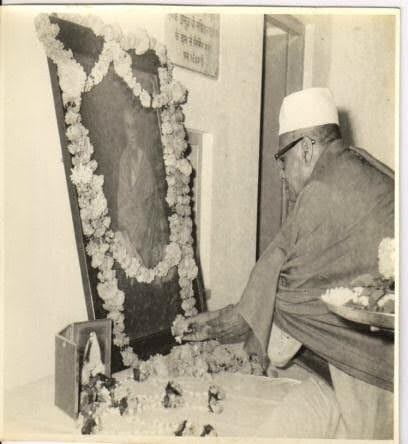
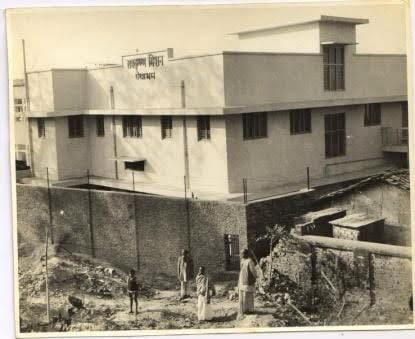
During 1971-72, a new two-storeyed dispensary building was constructed in the premises, which was in use from January 1972.
A bookstall of the centre was opened on 12 August 2001 at the Allahabad Railway Station.
